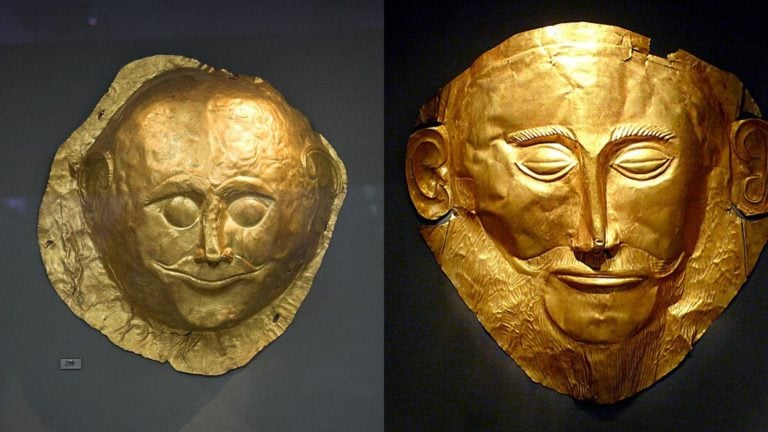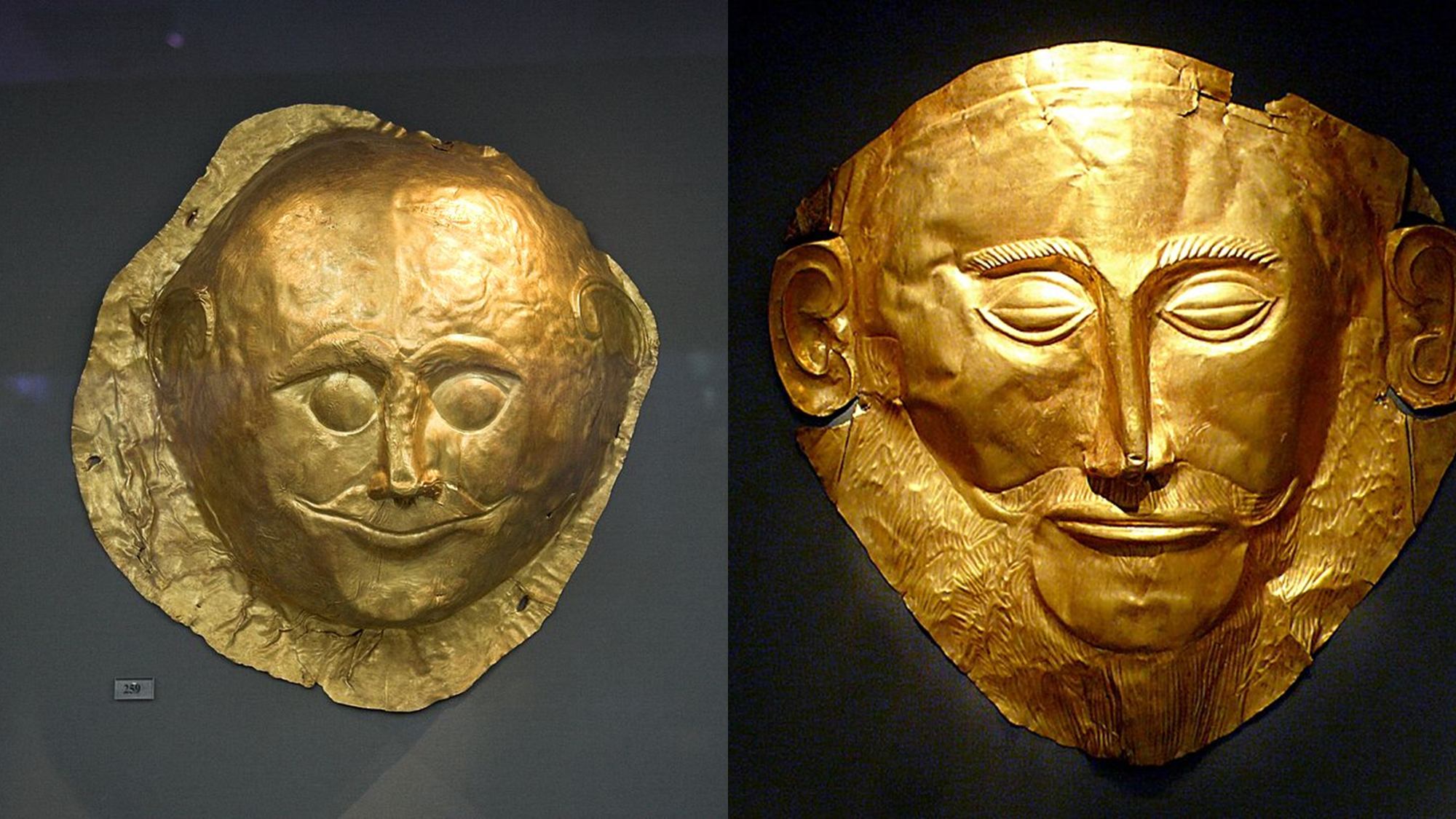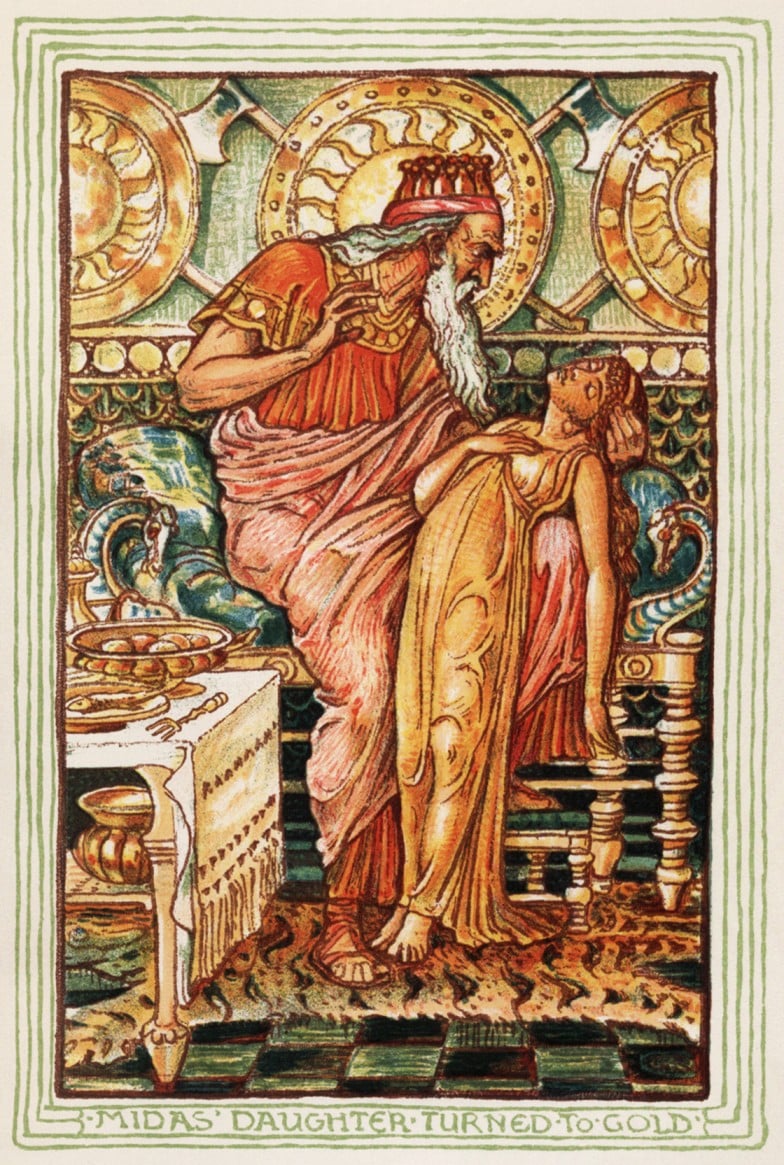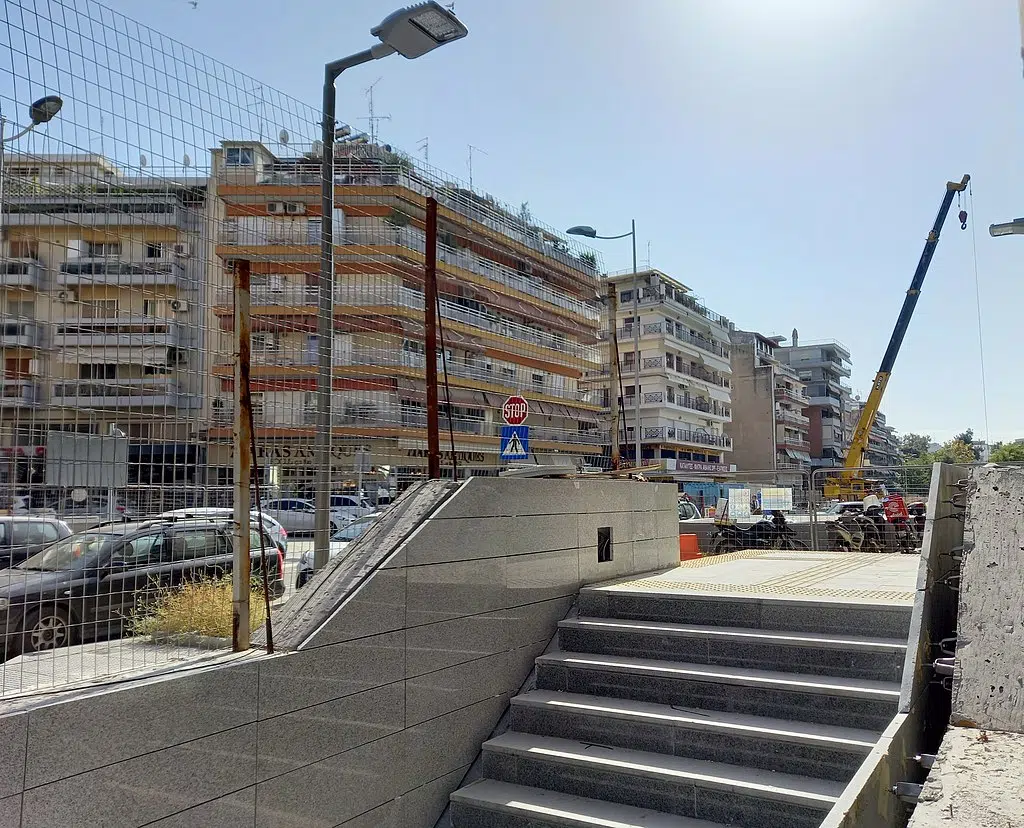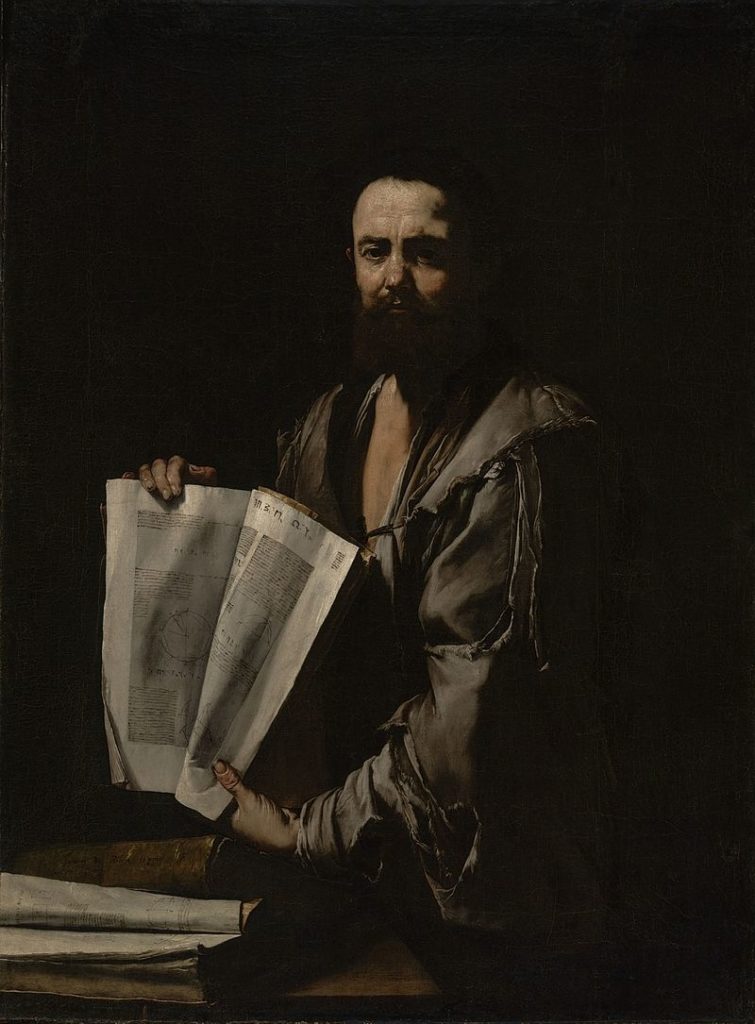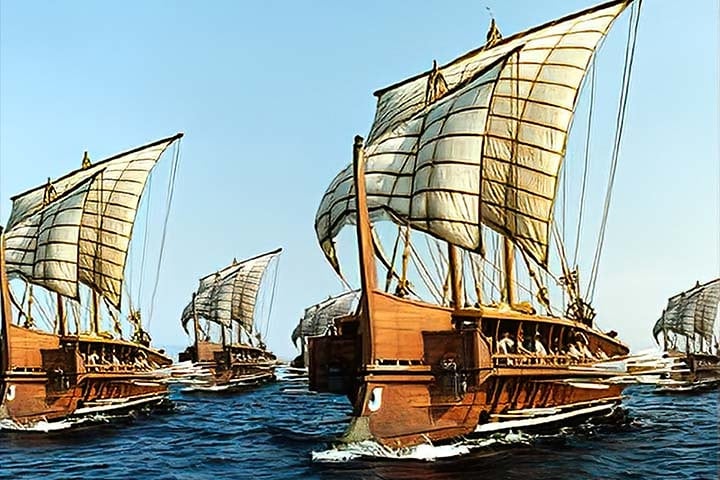
On Monday, Aria Hotels, the Greek-owned subsidiary of the Libra Group, opened the fully renovated historic La Divina Hotel, located on Adrianou Street in Thiseio, Athens.
La Divina is situated in a uniquely aesthetic preserved neoclassical building, dedicated to the legendary Maria Callas and combines neoclassical architecture with luxurious simplicity.
Maintaining the magic of the old Athens Conservatory, and with attention to the smallest detail, it creates a space that reflects the aesthetics of the past, while providing modern amenities.

By choosing La Divina for their stay, the hotel’s guests enjoy the authentic Greek hospitality that Aria Hotels stands for, in a building of unique architectural and historical importance that has been renovated with absolute care and diligence, without affecting its character and special architecture.
La Divina has 12 uniquely designed suites, making it the ideal choice for every visitor who would like to combine comfortable and luxurious accommodation, direct access to the most important monuments of Athens, as well as to discover the much-publicized “electrifying” night atmosphere of the historic center.

Aria Hotels, the family-owned chain of boutique hotels and villas, continues to strategically strengthen its portfolio and dynamically expand its presence in Athens, offering high-quality hospitality experiences, and focusing on promoting the culture, architecture, and history of Greece.
Aria Hotels’ philosophy and properties around Greece
The Aria Hotels philosophy is founded on three principles: respect for the environment, an appreciation of culture, and a passion for discovery. Each hotel has been selected for its architectural merit and its contribution to the preservation of local heritage. Outstanding quality in service and accommodation are the core of the Aria Hotels experience.
Their expanded portfolio includes properties in various island and mainland destinations, offering unparalleled hospitality experiences that successfully meet the needs of the traveler. Aria Hotels’ portfolio includes hotels in Athens, Crete, Cyclades, Sporades, Epirus, Evia, Peloponnese, Dodecanese and Ionian Islands.
All sites have been selected for their architectural value and their contribution to the preservation of local heritage. High-quality service is at the core of the experience.
In 2023 Aria Hotels has won numerous awards including the Gold Award for Greek Hotel of the Year for Aria Estate Suites & Spa, and the Bronze Award for Most Scenic Location at Hotel of the Year for The Windmill.
Grace Mykonos won the Bronze Award for the Luxury Hotel of the Year, and Villa Comi won the Silver Award for New Villa of the Year at the Tourism Awards.
Among other properties of the Aria Hotels Villa Pueblo won the Silver Award for Beach Villa of the Year at the Tourism Awards 2023.
Related: Greece Boasts Two of the Best Luxury Hotels in Europe, Per TripAdvisor






